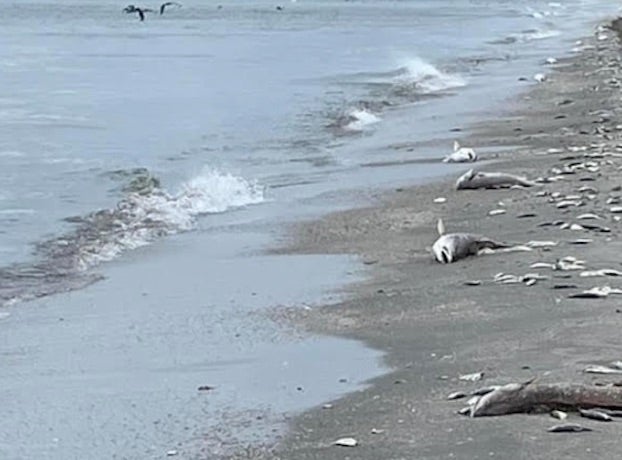Jumping’ carp pose problem in Atchafalaya Basin
Published 9:22 am Tuesday, August 13, 2013
BATON ROUGE (AP) — Silver and bighead carp invaded the Atchafalaya Spillway in the years between Hurricane Katrina in 2005 and Hurricane Gustav in 2009.
They haven’t posed a problem until recently. After six months of mostly flood-level waters dropped during the past three weeks, commercial and recreational fishermen and boaters encountered enough of them to be a problem in the central waters of the 80-mile long basin that makes up the country’s largest overflow swamp.
Capital City and Acadiana area anglers eager to get into the spillway’s tangle of bayous, canals and sloughs have looked for the Atchafalaya River to fall since February. That didn’t happen until the third week in July, and when Mother Nature decided to pull the plug, she pulled a big plug.
Water levels above the 4-foot flood stage on the river gauge at Morgan City three weeks ago are predicted to fall below the 2-foot reading sometime during the coming weekend. Fishermen have been chasing bass, sac-a-lait and panfish species in earnest, and with great success, during the past two weeks.
Now that water is back inside the natural banks, so are the carp, a species that’s invaded virtually every river and stream along and off the Mississippi River from south Louisiana to Illinois, even points farther north.
The warning coming from those who’ve ventured into the Bayou Pigeon and Grand Lake areas during the past week is that fellow anglers and boaters need to be cautious about what several have said are increased numbers of bighead and silver carp.
These fish jump at the sound of outboard engines and have been jumping around and into boats, even those running at high speeds. These species can grow to 20 or more pounds and the idea of a fish that size launching itself into a boat, and possibly at the boat’s driver, is reason enough to proceed with caution in these areas.
Part II is that the fish are good to eat. Unless foul-hooked, anglers are not likely to catch one of these carp. But if one jumps into and stays in the boat, they are proven table fare, especially when battered and fried. The only extra preparation needed when filleting the fish is to make sure to remove the small bones around the rib cage and backbone.
Snapper updates
The Gulf of Mexico Fishery Management Council has confirmed plans for an Oct. 1 recreational red snapper season with a simple caveat, that being “if NMFS (the National Marine Fisheries Service) determines that an unused recreational quota is available.”
At the same time the Council approved this fall season, it also upped the 2013 quota from 8.46 million pounds to 11 million pounds. The recreational sector gets 49 percent of the new total, or 5.39 million pounds. The determination of the fall season’s length will come after NMFS studies catch data from June’s 28-day recreational season, then figures out where that falls under the allowable 5.29 million-pound total. Those numbers are expected in the middle of this month.
From already collected data, the council’s estimate for the “supplemental” season could be as long as 21 days.
Red snapper are also at the heart of public hearing the council is conducting across the five Gulf states this month.





